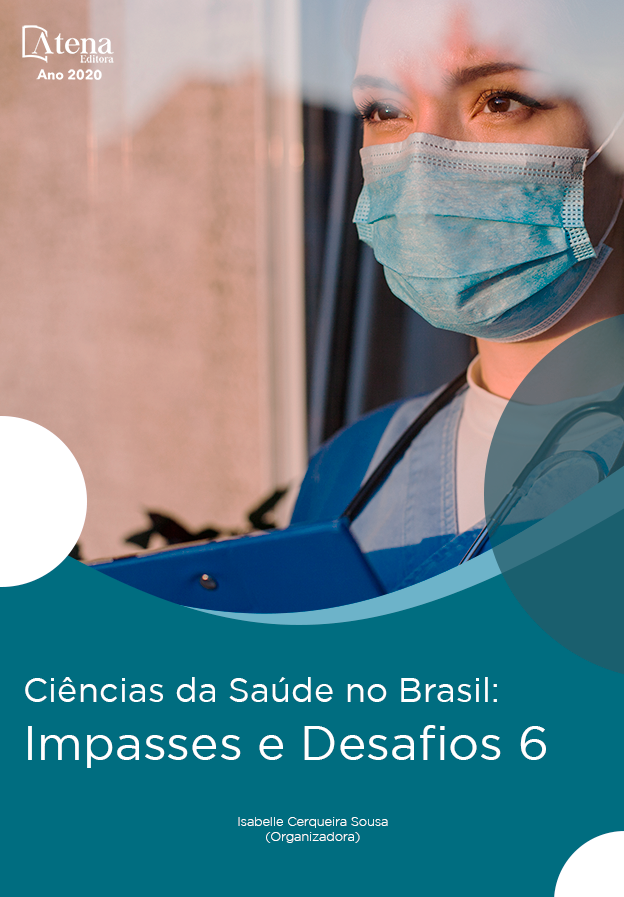
APOIO MATRICIAL – INTEGRAÇÃO DA ATENÇÃO PRIMÁRIA E EQUIPE DE REFERÊNCIA – UM SUPORTE TÉCNICO-PEDAGÓGICO DE GESTÃO EM SAÚDE NA CARDIOLOGIA
A rápida transição demográfica, apresenta impactos com o aumento das doenças crônicas não transmissíveis (DCNT) e isso reflete em uma grande dificuldade de integração entre unidades de atendimento. Entretanto o seguimento desses pacientes crônicos repercute negativamente resultando em longas filas no SUS, devido ao excesso de encaminhamentos. Para melhorar a integração da rede de atenção à saúde, constitui-se no AME-Barretos o Programa de Matriciamento, criando uma ligação produtiva entre médicos (generalistas e especialistas) e equipes multidisciplinares construindo, de forma compartilhada, diretrizes clínicas. A especialidade de cardiologia por possuir alta demanda, desenvolveu uma capacitação multiprofissional e assistência envolvendo setores primário e de referência com suporte técnico-pedagógico às equipes. Descrever o Programa de Matriciamento e a iniciativa de integração inicial chamada Dia D e analisar a resolução dos encaminhamentos para cardiologia, avaliando efetivamente o impacto desta nova abordagem matricial. Análise retrospectiva de coorte de pacientes encaminhados ao nível secundário para identificar a real demanda que necessita de atendimento em nível secundário, associado a orientação especializada prévia e em atendimento compartilhado multiprofissional. Dos 590 pacientes da demanda reprimida oriunda da região de Barretos, após avaliação matricial obteve-se que tinham efetiva necessidade de atendimento secundário apenas 22,71% dos casos, distribuídos entre as síndromes cardiológicas. Hipertensão Arterial Sistêmica foi a mais prevalente (66,15%), e em sua maioria (76,75%) não necessitaram acompanhamento especializado após capacitação da equipe primária e o mesmo acontece com outras síndromes cardiológicas. O Matriciamento mostrou-se efetivo para melhorar a assistência em cardiologia na atenção básica na região de Barretos. A capacitação e orientação profissional possibilitou diminuição da demanda, permitiu alta precoce de pacientes atendidos no nível secundário e otimizou a assistência em ambos os níveis. Assim, o apoio matricial em cardiologia desenvolvido no AME-Barretos constitui-se um modelo a ser disseminado como política púbica no âmbito da Secretaria de Estado da Saúde.
APOIO MATRICIAL – INTEGRAÇÃO DA ATENÇÃO PRIMÁRIA E EQUIPE DE REFERÊNCIA – UM SUPORTE TÉCNICO-PEDAGÓGICO DE GESTÃO EM SAÚDE NA CARDIOLOGIA
-
DOI: 10.22533/at.ed.2452025098
-
Palavras-chave: matriciamento. apoio matricial. atenção primária. rede de atenção à saúde. cardiologia
-
Keywords: matrix. matrix support. primary care. health care network. cardiology.
-
Abstract:
The fast demographic transition increases the rate of non-transmittable chronic diseases (NTCD) and thus, reflects on some great difficulty of integration among health care units. Furthermore, the follow-up of chronic patients is negatively affected by the long lines caused on SUS system, given the excess of referrals. To improve the integration among units of the health care network, the Matrix Program (developed at AME-Barretos) creates a productive connection with medics (generalists and specialists) and multi-disciplinary team by building shared clinical guidelines. Because of its high demand, the cardiology specialty developed a multiprofessional capacitation and assistance with both primary and reference sectors which provides technical and pedagogical support for the teams. Describing the Matrix Program and the initiative of initial integration called “Dia D” (“D-Day”) and analyzing the resolution of the referrals to the cardiology department in order to evaluate the impact of this new matrix approach. Coorte retrospective analysis of patients referred to the secondary level and assisted by generalists (primary care) and specialists (secondary care) as well. During the assistance, preceded by periods of multi-professional capacitation, the real demand for secondary care was identified. The study analyzed the outcome of the assistances which provided to the patients specialized orientation with a multiprofessional approach. 22,71% of 590 patients exclusively from Barretos surroundings effectively needed secondary care, distributed in several cardiologic syndromes. Systemic Arterial Hypertension was the most prevalent one among the 590 patients (66,15%) and, most of them (76,75%) didn’t need specialized any follow-up after the primary care team capacitation which shows a behavior similar to other cardiologic syndromes. The Matrix Program, as it was structured – multiprofessional capacitation, specialized orientation, and shared assistance – showed to be effective in improving the assistance in the cardiology area in basic care of Barretos region. The capacitation and professional orientation enabled some decreasing of the demand, allowed precocious hospital discharge of patients under the secondary care, and optimized the assistance at both care levels. Thereby, the Matrix Support on cardiology developed at AME-Barretos constitutes a model to be widespread as public policy at the scope of the Secretaria de Estado da Saúde (State Department of Health).
-
Número de páginas: 18
- Guilherme Carvalho Freire
- João Luiz Brisotti
- BEATRIZ CRISTINA TIRELI


